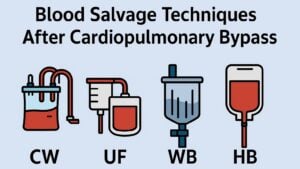Objective: Extracorporeal circulation (ECC) is generally based on standards established in the last decade. In recent years, a concept of perfusion management during ECC, goal-directed perfusion (GDP), has emerged to create optimal conditions for oxygen delivery and extraction, initiated by Rannuci et al. The aim of the present work was to determine whether the ECC procedure can truly be optimized with the current state of knowledge and understanding of human physiology.
Methods: Discussed articles from 2017 to 2022 were selected from the MEDLINE (PubMed) database using the keywords “cardiopulmonary bypass” AND “cardiac surgery” AND “oxygen delivery” with the conditions of “clinical trial” OR “randomized controlled trial.”
Results: The concept of GDP is an attempt to reproduce the physiological conditions of tissue respiration during ECC. Published articles, also due to their retrospective nature, are based on standards and recommendations that do not fully fit the field of physiological circulation. There are still insufficient tools to assess the relationship between volemia, perfusion pressure, and pump performance. Limitations include indications for vasoactive drugs. Methodology has rarely taken into account the period of starting and stopping the heart-lung machine, the most pronounced periods of circulatory destabilization with reduced oxygen delivery.
Conclusions: Problems associated with ECC such as acute kidney injury, liver failure, vasoplegic syndrome, and others must await its resolution. The use of advanced monitoring technology and data engineering may allow the development of baseline hemodynamic models, which may make the ECC procedure more physiologic and thus improve the safety of the procedure.
Keywords: extracorporeal circulation; goal-directed perfusion; oxygen delivery; perfusion pressure; systemic vascular resistance.







